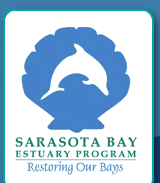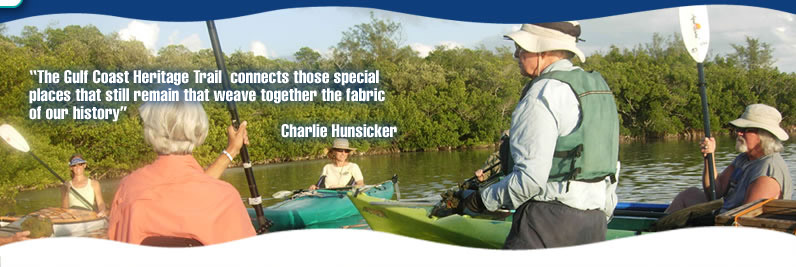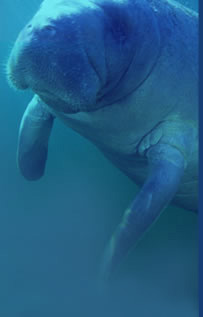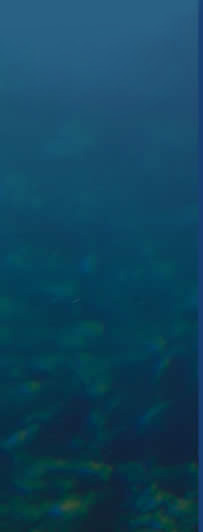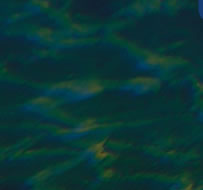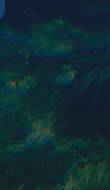
In 2006, wildlife viewing activities generated more than $3 billion in Florida. Read the 2006 report on the economic benefits of wildlife viewing in Florida for more information visit:
http://floridabirdingtrail.com/economics.htm
www.sarasotafl.org/natural
www.myfwc.org/recreation
Its up to you to protect Sarasota Bay's threatened beach nesting wildlife!
Sarasota Bay and the Gulf beaches provide critical habtiat for endagnered wildlife year round. But in the summer nesting activities of these endangered species makes our region even more special. Being aware and respectiful of these endagered species and their nesting activities is critical for the continued existence of these species. You can help!
Sea Turtles
From May 1 through October 31 sea turtles nest on our local beaches. Sarasota County beaches provide nesting grounds for threatened loggerhead
(Caretta caretta) sea turtles, endangered green
(Chelonia mydas) sea turtles and occasionally for other sea turtle species. Florida's west coast hosts the largest nesting population of loggerheads in the Gulf of Mexico. Here is what you can do to protect these ancient creatures:
- Pick up litter, fill in holes, and never leave furniture or debris laying on the beach
- Tint windows that face the beach
- Turn off lights visible on nesting beaches or shield the lights from the beach
- Use Turtle Safe Lighting- these red lights emit a very narrow portion of the visible light spectrum, which is less intrusive to nesting sea turtles and hatchlings
- If disoriented hatchlings are found away from the sea, call local law enforcement
- Close opaque curtains or blinds after dark to cover windows visible from the beach

Photo courtesy of Deborah Chapman
For more info on how you can help nesting sea turtles visit Anna Maria Island Turtle Watch or Sarasota County Sea Turtle Program.
Learn more about local sea turtle research and monitoring efforts by exploring www.mote.org.
Beach Nesting Birds
From February through August threatened species such as snowy plovers, Wilson's plovers, least terns and black skimmers nest on our local beaches. Due to human interference and vandalism these nests have not been successful in the last few years. This is a serious problem for the continued existence of these protected species. Here is what you can do to protect beach nesting birds:
- Pick up litter, fill in holes, and never leave furniture or debris laying on the beach
- Keep dogs and pets off the beach
- Respect posted nesting areas
- NEVER FEED WILDLIFE. Gulls, crows and racoons prey on eggs and chicks. When you feed them you draw them to near-by nesting sites in great numbers.
- Avoid flying kites or throwing bakks near designated beach-nesting bird areas. The nests and chicks are very well campflaged. You may trample nests and birds without even knowing it!
- Stick close to the water's edge and avoid the vegetated upper beach and dune areas. Stay on established paths when crossing vegetation. The birds nest in, near and around the vegetated dune areas of the beach. Again very well camflaged chicks and nests make them very hard to see!
- Promote sharing the beach with other species. Talk to friends and neighbors about this issue. Volunteer!
To report violations call 1-888-404-FWCC (3922). Beach nesting birds are threatened species and protected by the State of Florida.
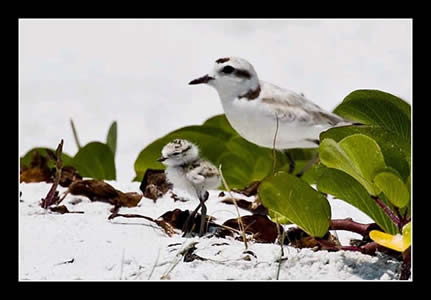
Photos courtesy of Lou Newman
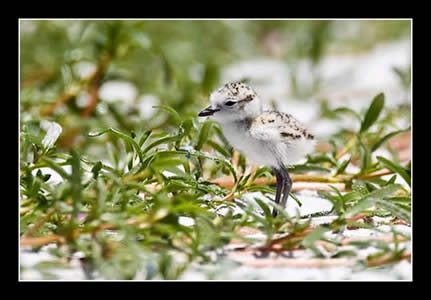
For more info on how you can help protect beach nesting birds visit Anna Maria Island Beach Nesting Bird Watch or Sarasota Audubon Society or Manatee Audubon Society. Download "Sharing the Shore with Sarasota's Beach Nesting Birds" brochure here.
Marine Mammals
We have other protected species living in and around Sarasota Bay. Dolphins and manatees also call Sarasota Bay home. Both are protected by the Marine Mammal Protection Act and/or the Endangered Species Act. It is illegal to harass, feed, pet or otherwise interfere with the natural behavior of both dolphins and manatees. Please stay at least 50 yards away from these animals at all times.
Visit www.dontfeedwilddolphins.org to watch a video about how feeding dolphins and other wildlife disrupts their natural behavior and puts them in danger.
Dolphins
Sarasota Bay is home to resident population of about 140 Atlantic Bottlenose Dolphins (Tursiops truncatus). Dolphins hunt, socialize and raise their young in the protected and productive waters of Sarasota Bay. For more info on the behavior, society, history and research of Sarasota's dolphins visit www.sarasotadolphin.org or www.nmfs.noaa.gov/pr/education/protectdolphins. For info on how to view dolphins download "Dolphin friendly fishing and viewing tips" brochure here. For info from Florida Fish and Wildlife Conservation Commission on dolphins and dolphin viewing click here.
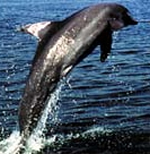
Manatees
The West Indian manatees (Trichechus manatus) are grazing marine mammals native to Florida and the Caribbean. West Indian manatees have no natural enemies, and it is believed they can live 60 years or more. Many manatee mortalities are human-related. Most human-related manatee mortalities occur from collisions with watercraft. Other causes of human-related manatee mortalities include being crushed and/or drowned in canal locks and flood control structures; ingestion of fish hooks, litter and monofilament line; and entanglement in crab trap lines. Ultimately, however, loss of habitat is the most serious threat facing manatees today. There are approximately 3,000 West Indian manatees left in the United States. For more info on manatees visit www.savethemanatee.org or www.myfwc.com/wildlifehabitats. For research being conducted locally on manatees and manatee behavior visit www.mote.org. You can download "The Florida Manatee" brochure here.
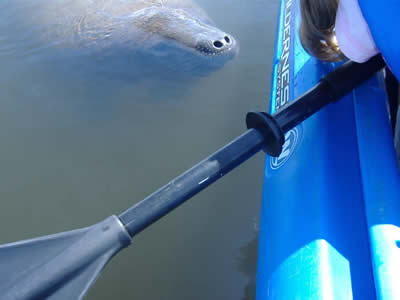
Birding Hot Spots
Birding is the most popular outdoor recreation activity in the United States. It is also a significant source of tourism dollars here in the Sarasota Bay region. Sarasota County www.scgov.net/calendar and Manatee County www.mymanatee.org offers birding tours at nature preserves.
Felt's Audubon Preserve www.manateeaudubon.org/felts
Great Florida Birding Trail www.floridabirdingtrail.com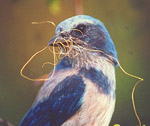
Sarasota Birding HOT SPOTS www.sarasotaaudubon.org
Manatee, Sarasota, Charlotte County Birding Trail pdf
Beach Combing
Our local beaches are home to many invertebrates marine species who live in shells. Scallops, clams, whelks and crabs all leave behind their shell homes. Algae, seaweed and seagrass also wash up on our shores. This mixture of plants and shells that washes up on the beach with every tide is called the wrack line and can provide shelter for marine insects and forage grounds for birds. For more info on seashell identification visit seashell identification guide online. For more info on the wrack line download Life in the Wrack Line.
Live shelling is illegal in Florida. That means it is illegal to take a shell that has a live animal in it. It is also illegal to kill the animal to get the shell. This protects starfish and sand dollars from collection too. Please only take shells that no one is living in!
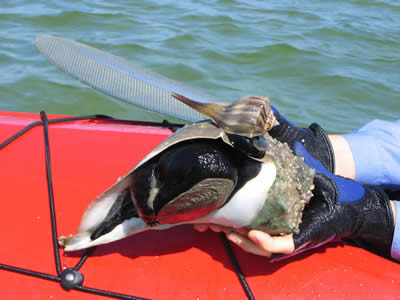
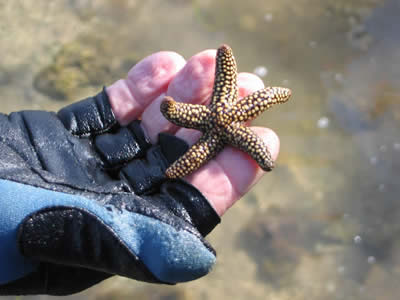
|

